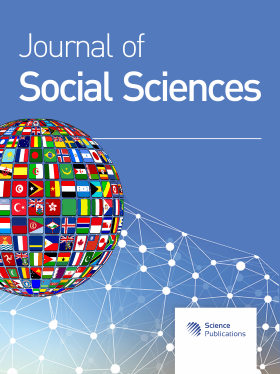Achievement Motivation and Adjustment Patterns among International and National Players of Different Team Sports
Abstract
Problem Statement: Achievement in sports demands specific behavior from an athlete.. The performer in such events must have ability to assess the situation, select the response, decide quickly and then implement it with determined efforts. Approach: This study was focused to examine the levels of achievement motivation, emotional and social adjustment among international and national players of basketball, hockey and handball games. Subjects (N = 240) were administered Achievement Motivation Test and Adjustment Inventory Analysis of variance (2×2 factorial design) was applied to find out the significance of differences and interaction of gender and performance. Descriptive values were worked to find out the direction of differences and t-test was used to find out significance of inter sport differences. Results: International players had higher levels of achievement motivation (M = 27.42, SD = 4.16) as compared to the National level players (M = 24.84, SD = 3.98), F = 27.33 (p<0.01). No significant gender differences were notices on this construct. On emotional adjustment, the international players were emotionally better adjusted as compared to the national level players (M = 12.25 and 13.46 respectively, F = 8.39, p<0.01: low scores indicated better level of adjustment). International players were better adjusted socially (M=7.19) than national players (M=7.80), F=6.30, p<0.01. Male players were better adjusted both emotionally and socially as compared to female players. Male basketball and hockey players were emotionally and socially better adjusted than handball players. Among female players, handball group was better than basketball group on achievement motivation; basketball and handball groups were better than hockey group on emotional adjustment; whereas on social adjustment, basketball group was better than hockey group. Conclusions: The results provide evidence that high achievement motivation is a vital factor that distinguishes high level performers. Emotional stability and social adjustment were also the critical factors that differentiated between high and low level performers. Implications of the results regarding inter sports differences are also discussed.
DOI: https://doi.org/10.3844/jssp.2011.369.374

- 7,497 Views
- 5,612 Downloads
- 20 Citations
Download
Keywords
- Achievement motivation
- social adjustment
- emotional adjustment
- high level performers
